Burnout: a pervasive and damaging condition
Burnout is more than a trivial term to describe how you feel on Friday afternoon. In fact, a growing body of research suggests it is a chronic constellation of emotional exhaustion, depersonalisation and reduced sense of accomplishment1. Importantly, burnout does not discriminate, and can affect people in all professions.
Signs and symptoms of burnout: 2,3
| Emotional symptoms | Physical symptoms | Behavioural signs |
| Helplessness | Lack of energy / fatigue | Feeling negative or critical about your job |
| Cynicism | Change in sleep habits | Irritability with colleagues or clients |
| Self-doubt | Unexplained physical discomfort such as headaches or bowel issues | Reduced productivity |
| Reduced satisfaction | Change in appetites | Using food, drugs or alcohol to cope |
| Detachment | Frequent illness | Procrastination |
| Loss of motivation | Withdrawal or isolation |
Is it really that big of a problem?
Due to multifactorial components and subjectivity of diagnostic criteria, it is difficult to accurately state how common burnout is in the general working population. Some estimates range up to 20%, but this is dependent on the defined cut off for a burnout diagnosis4. A 2020 report found a rate of burnout in medical physicians of around 43% 4. While burnout rates across various healthcare profession and medical specialties vary, consensus is that it is more common than the general population4. When it comes to medical students, it is estimated that half will experience burnout at some point during their time in medical school5. This prevalence is highly alarming given the impact burnout symptoms have on an individual’s health and professional performance.
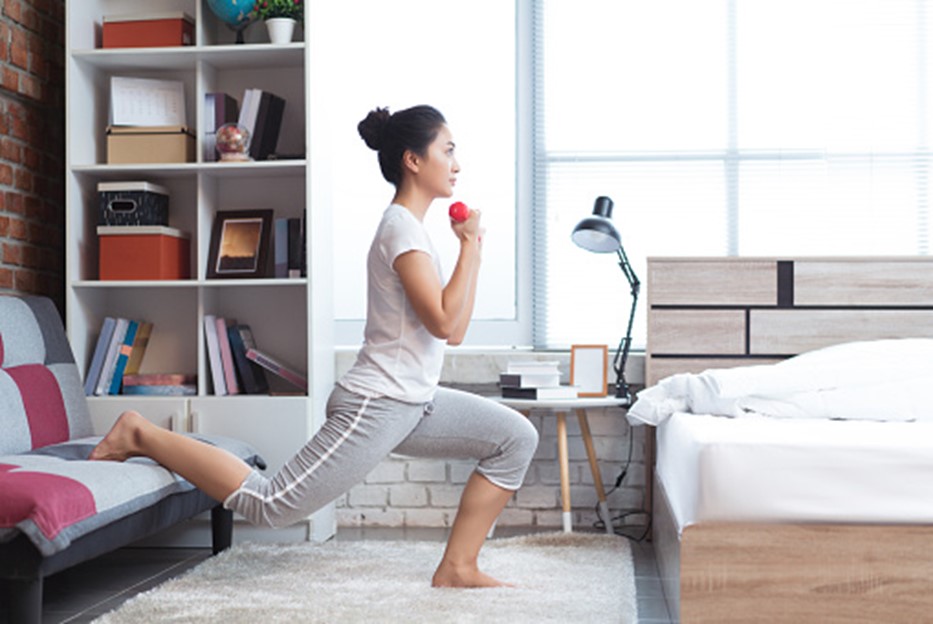
What does the research tell us about exercise as a solution?
Previous systematic reviews found strong evidence for physical activity as a key component of burnout1. It is hypothesised that the benefits of exercise for burnout are from a combination or psychological and physiological mechanisms1. Regular physical activity facilitates effective psychological detachment from work, which is said to reduce the exhaustion component of burnout1. Exercise can also increase ones self-efficacy – that is, they feel more competent in themselves, are thus more able to handle work tasks, and find their workload less taxing1. Physically, exercise improves a person’s capacity to handle psychological stress, and induces changes in neurotransmitters that equate to better mood1.
What sort of exercise? How long for? How often?
The most optimal characteristics of exercise for reducing the exhaustion component of burnout are not yet understood1, as few studies have separated research findings according to different types, durations or intensities of exercise. Other domains of burnout, such as professional efficacy and cynicism, do not yet have established relationship with physical activity.1 Furthermore, researchers in many cases were unable to control for differences between study populations that could influence the validity of any associations found.1 The greatest benefit of physical activity for burnout was seen in those who were initially inactive, suggesting a lower baseline level of activity in the workplace corresponds to an area of greatest need.1 This reinforces some core principles of the BeUpstanding program, such as the benefits of minimising prolonged sedentary time and increasing opportunities to move more.
How UQ students are trying to fill these gaps:
In collaboration with the BeUpstanding program, students from the UQ Medical school branch of Medicine in Motion (MiM), aim to better understand relationships between physical activity and burnout in medical students. The group will survey medical students around Australia. The survey focusses on lifestyle habits and physical activity engagement before and during medical school, including perceived barriers and enablers of physical activity. They hope to use this information to design targeted exercise interventions that would be efficacious for early prevention in medical students and junior doctors.
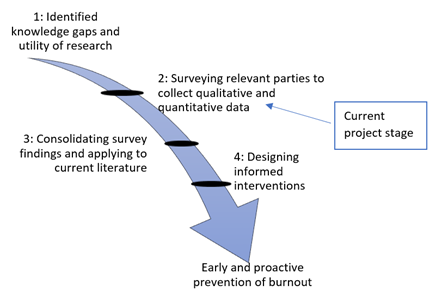
However, even before the results come back, you can be confident that any time spent being active is not only benefitting you physically but strengthening your defences against the symptoms of burnout.
About the author: This research blog was written by 4th year UQ medical student Conor Barry as part of his research elective placement with the BeUpstanding team.
![]()



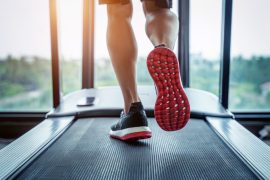

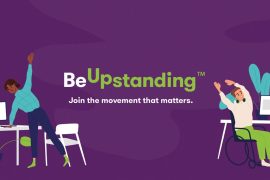

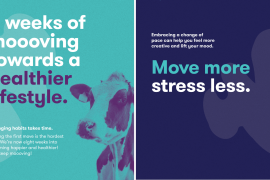


Comments are closed.